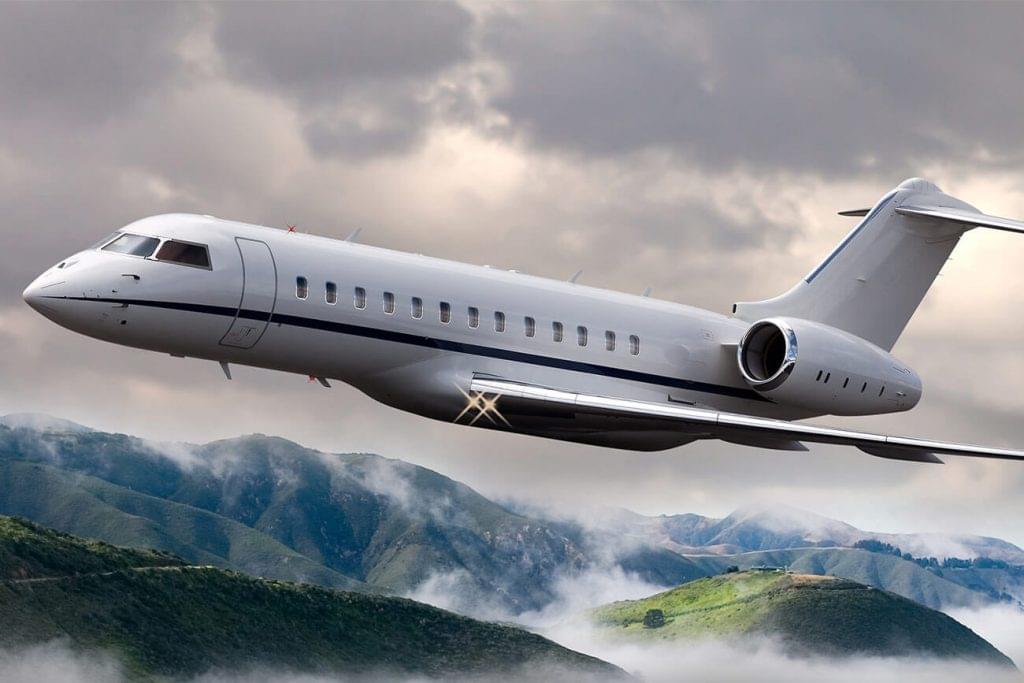The origins of the phonetic alphabet are rooted in the early days of radio communication, where clarity and precision were essential. In the chaotic airwaves of the early 20th century, pilots and air traffic controllers struggled with the inherent noise and interference, which often led to dangerous misunderstandings. Various nations and organizations developed their own phonetic alphabets to mitigate these risks, but inconsistencies across different systems only added to the confusion.
The aviation industry, with its inherently high stakes, was among the first to recognize the need for a standardized system. This led to the formation of international committees tasked with creating a universal phonetic alphabet that could be understood by speakers of different languages and dialects.
The journey towards standardization was a collaborative effort, involving multiple revisions and contributions from various international bodies. The International Telecommunication Union (ITU) first introduced a set of code words in the 1920s, which were soon adopted and adapted by the International Civil Aviation Organization (ICAO) in the 1930s. However, it was during World War II that the need for a more robust and universally accepted system became glaringly evident. The Allied forces developed a common phonetic alphabet, which laid the groundwork for the post-war era.
By the 1950s, NATO, in collaboration with ICAO, refined this system into what is now known as the NATO phonetic alphabet. This version was meticulously tested for intelligibility and distinctiveness across various languages and communication environments, ensuring its effectiveness in global aviation.
The adoption of the NATO phonetic alphabet marked a significant milestone in aviation history, providing a reliable tool for clear communication in an industry where every second and every word can make a critical difference. The alphabet’s development is a testament to the collaborative spirit of international aviation bodies and their commitment to safety and efficiency.
Today, pilots and air traffic controllers worldwide rely on this standardized system to spell out flight details, navigate complex airspaces, and manage emergency situations. The phonetic alphabet has not only enhanced the safety and reliability of aviation communications but also fostered a sense of unity and cooperation in the global aviation community.







